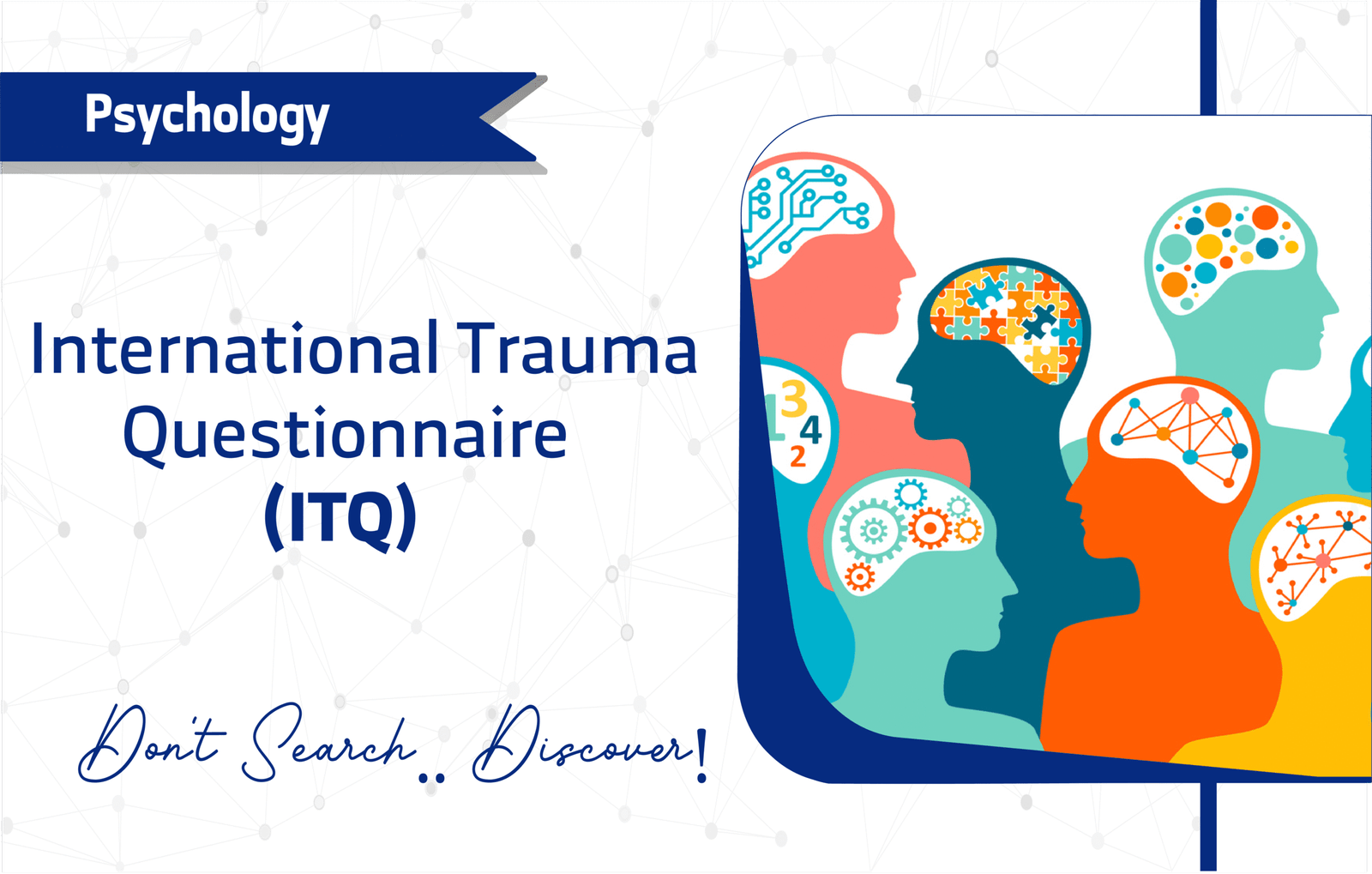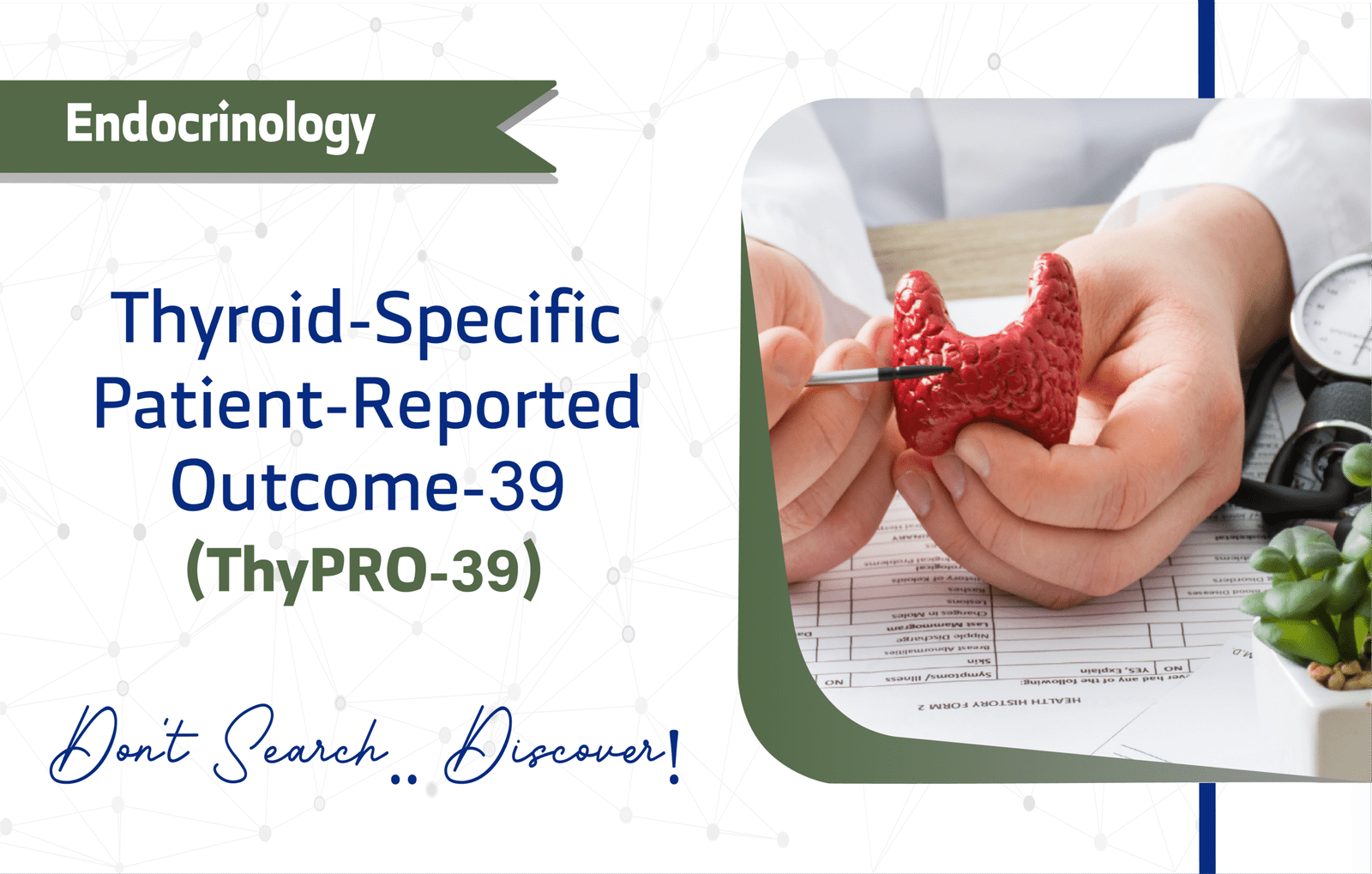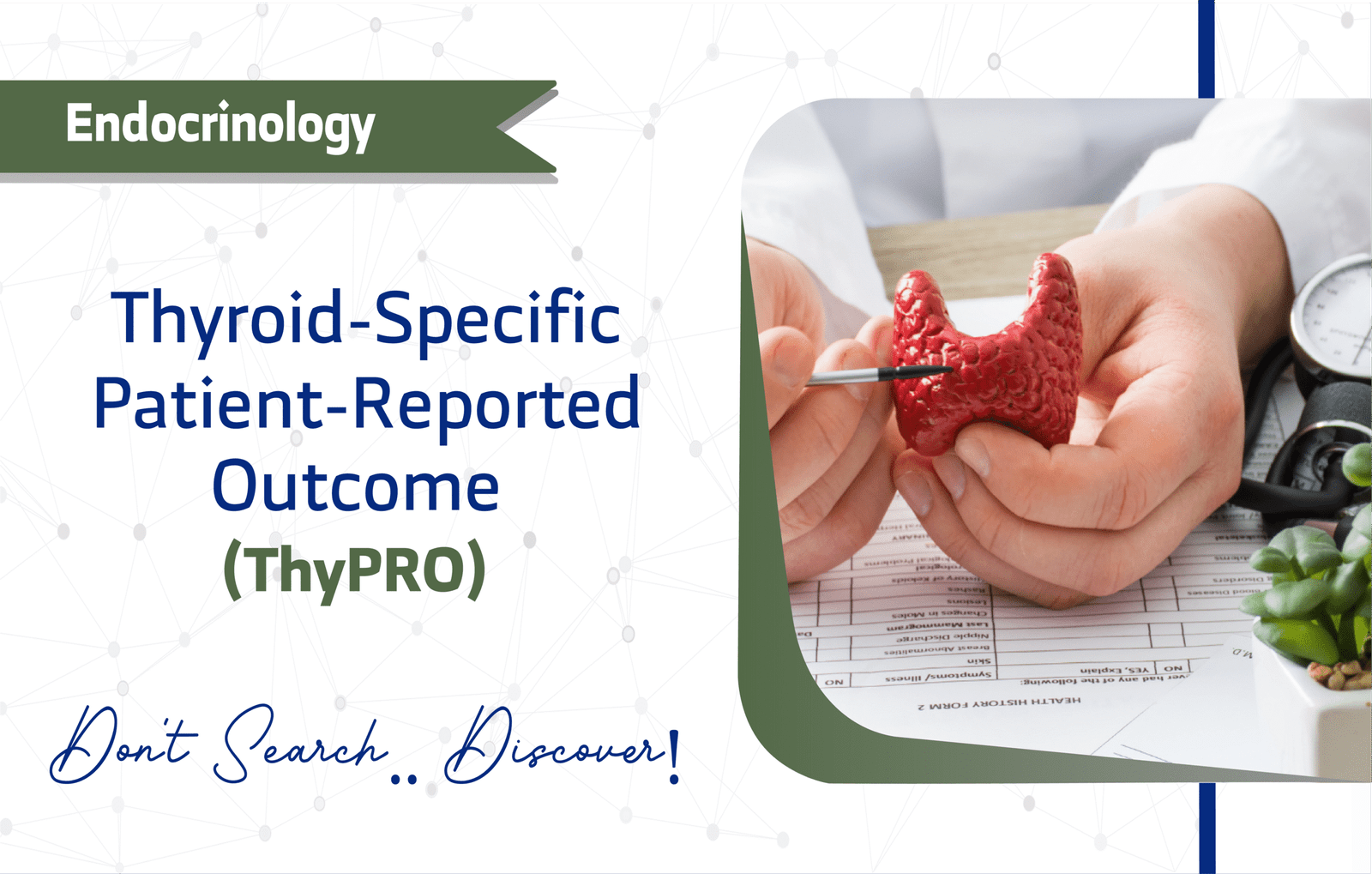Introduction
The Autism Spectrum Quotient – 28 (AQ-28) is a refined self-report questionnaire designed to measure the degree of autistic traits in adults. Developed in 2011 by Rosa A. Hoekstra et al, the AQ-28 serves as a shorter, more efficient version of the original 50-item AQ. Since its publication, the instrument has been widely adopted in the scientific community, gathering over 600 citations on Google Scholar.
This article provides a comprehensive overview of the AQ-28, detailing its structure, psychometric properties, and applications. Furthermore, it offers actionable insights for experts aiming to leverage this tool in mental health research and preliminary clinical screenings.
Key Features of the Autism Spectrum Quotient – 28
Purpose and Use of the Autism Spectrum Quotient – 28
The AQ-28 primarily screens for autistic traits in adults. Researchers actively employ it to quantify characteristics linked to the autism spectrum. Similarly, clinicians use it as a preliminary tool to identify individuals who may require further diagnostic assessment for autism spectrum conditions. Because of its brevity, the AQ-28 efficiently gathers initial data, making it invaluable for both research and clinical settings.
Target Population
Developers validated the AQ-28 for use with adults aged 16 and older. This broad age range makes it suitable for various demographic groups, including:
- Adolescents (16+ years)
- Young Adults (18–24 years)
- Middle-Aged Adults (25–44 years)
- Older Adults (45–64 years)
- Seniors (65+ years)
Therefore, its wide applicability makes it a versatile tool for large-scale research studies and diverse clinical settings.
Structure
The AQ-28 is a 28-item questionnaire that falls under the mental health domain, with a specific focus on the autism spectrum. The questions cover key areas relevant to autism, including:
- Social skills
- Attention to detail
- Communication
- Imagination
Respondents answer each of the 28 statements using a 4-point Likert scale: “Definitely agree,” “Slightly agree,” “Slightly disagree,” or “Definitely disagree.” Consequently, this format allows for nuanced self-reporting while maintaining a straightforward structure.
Scoring Method of the Autism Spectrum Quotient – 28
The AQ-28 uses a binary scoring system. Although respondents select from a 4-point Likert scale, each item scores as either 1 or 0. A score of 1 applies when the response aligns with autism-associated behaviors, while a 0 applies otherwise. Consequently, the strength of agreement does not affect the binary outcome. The total score, which is the sum of these binary scores, ranges from 0 to 28, with higher scores indicating more autistic traits. Importantly, the AQ-28 functions as a screening tool, not a diagnostic one, suggesting the need for further clinical evaluation.
Administration Format and Time
The AQ-28 is versatile and can be administered via:
- Paper-based
- Digital (Online)
- Mobile App
- Interview (In-person)
- Phone/Video Call
It typically takes 5-10 minutes to complete the questionnaire. It is worth mentioning that no special training is required as it is often self-administered.
Applications of the Autism Spectrum Quotient – 28
The AQ-28 proves highly valuable in both clinical and research contexts. Its primary uses include:
- Screening: It quickly identifies autistic traits in adults.
- Research: Researchers extensively apply the AQ-28 to study autism spectrum characteristics and prevalence across populations.
Thus, its efficiency and focus make it a critical tool for advancing autism understanding.
Languages and Availability
To support global research and clinical practice, the AQ-28 has been translated into numerous languages. Its multilingual availability significantly enhances its utility in cross-cultural studies. Available languages include:
- Arabic
- English
- Mandarin Chinese
- Spanish
- French
- German and others
The AQ-28 is free to use and available under a Creative Commons (CC BY) license, therefore it is highly accessible for academic and non-commercial projects.
Reliability and Validity
The AQ-28 is recognized as a highly reliable and valid instrument for measuring autistic traits. Independent validation studies have confirmed its strong psychometric properties, reporting a Cronbach’s alpha between 0.77 and 0.86, which indicates good internal consistency. Its construction as an abridged version of the AQ-50 ensures that it retains the core measurement constructs of the original while reducing the time required for completion.
- The original validation study link
- A cross-cultural comparison study on the AQ-28’s factor structure link
Limitations and Considerations
Despite its strengths, the AQ-28 has limitations:
- Self-Report Nature: Responses may reflect self-awareness levels or social desirability bias.
- Limited Validation Studies: Although well-validated, some cultural or demographic groups lack extensive validation.
Thus, users should consider these factors when applying the tool.
Other Versions and Related Questionnaires
The AQ-28 has several valuable versions and related tools that complement its utility:
Other versions of this tool include:
- AQ-10 (short form).
- AQ-50 (long form).
It is useful for researchers to be aware of related questionnaires such as
Ritvo Autism Asperger Diagnostic Scale (RAADS).
Additional Resources
For further exploration, consider these resources:
- Access the foundational study validating the AQ-28 here.
- While a direct PDF is not provided, the questionnaire is available within its original publication linked above.
- For inquiries contact Rosa A. Hoekstra at mailto:R.A.Hoekstra@open.ac.uk
Frequently Asked Questions (FAQ)
- Who can use the AQ-28?
Researchers, clinicians, and healthcare providers can use the AQ-28 for adults aged 16 and older to screen for autistic traits. - How long does it take to complete the AQ-28?
Respondents typically complete the questionnaire in 5 to 10 minutes, making it highly efficient for use in busy research and clinical environments. - How is the AQ-28 administered?
The AQ-28 is versatile and can be administered via: paper-based formats, digital digital (online), mobile app, interview (in-person) and phone/video Call.
- Is there any cost to using the AQ-28?
No, the AQ-28 is free for use and is available under a Creative Commons (CC BY) license.
A word from ResRef about the Autism Spectrum Quotient – 28
The AQ-28 is a brief, validated self-report screening tool designed to assess autistic traits in adults. By retaining the core constructs of the original 50-item version, the AQ-28 offers an efficient measure of autism spectrum characteristics suitable for research and preliminary clinical assessments, while reducing respondent burden.
References
- Hoekstra, R. A., Vinkhuyzen, A. A., Wheelwright, S., Bartels, M., Boomsma, D. I., Baron-Cohen, S., Posthuma, D., & van der Sluis, S. (2011). The construction and validation of an abridged version of the Autism-Spectrum Quotient (AQ-Short). Journal of Autism and Developmental Disorders, 41(5), 589–596. link
- Chee, Z. J., Scheeren, A. M., & De Vries, M. (2024). The factor structure and measurement invariance of the Autism Spectrum Quotient-28: A cross-cultural comparison between Malaysia and the Netherlands. Autism, 28(1), 32-42. link








